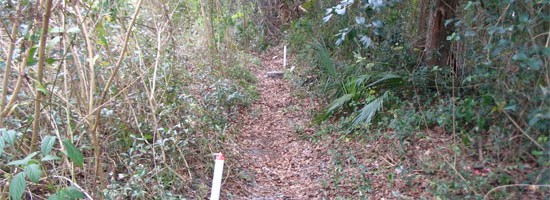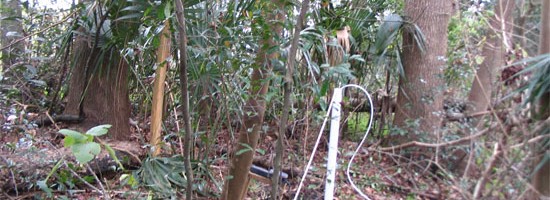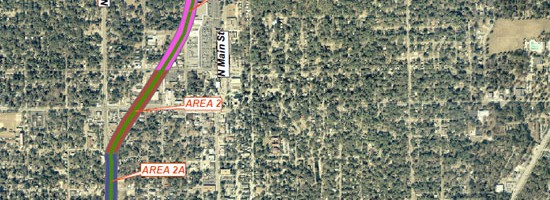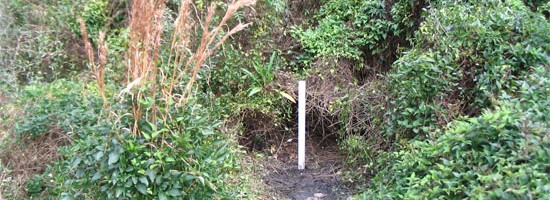Overview
The Rails-to-Trails project is a good example of a comprehensive work scope for various municipal and state agencies that involved completion of Phase I through Phase III Environmental Site Assessments (ESA), consideration of human health risk, and development of engineering colutions. The property transaction evaluation was negotiated by the Florida Trust for Public Lands on behalf of the purchaser, the Florida Department of Environmental Protection (FDEP) and the seller, CSX Rail Lines (CSX).
Initially, Water & Air was contracted by the City of Gainesville to perform a Phase I ESA in 1998 that identified over 100 contaminated sites that could potentially impact the three-mile corridor through metropolitan Gainesville. Potential impacts were identified including contamination from a wood treatment facility, a pesticide company, a number of active and historic gasoline stations, a rail line fueling depot, abandoned debris and waste piles, dry cleaners, and residual impacts from application of an herbicide containing arsenic used to control vegetation.
Task Summary
- Conducted Phase I, II, and III site assessments.
- Collected soil samples for testing.
- Coordinated with regulatory agency.
- Established engineering controls.
Results
A comprehensive Phase II Environmental Site Assessment of multiple areas identified pesticide impacted soil and groundwater, petroleum impacted soil and groundwater, and arsenic impacted soil from various sources throughout the corridor. Phase III Site Assessments were conducted over several years to delineate the extent of impacted soil and groundwater. As a result, one area affected by pesticide contaminated groundwater and soil was eliminated from the proposed corridor design, thereby shortening the overall corridor, but saving the purchasers hundreds of thousands of dollars or more in assessment and remediation costs and legal fees.
Human Health Assessment and evaluation issues were required due to the proposed public use of the corridor as a pedestrian and bicycle path. Water & Air engineers helped develop engineering solutions to decrease exposure to arsenic-impacted soil greater than residential cleanup target levels. Solutions included expanding pavement width in selected areas, placement of corridor curves and routes to cover impacted areas, and planting vegetation to control exposure to soil.










